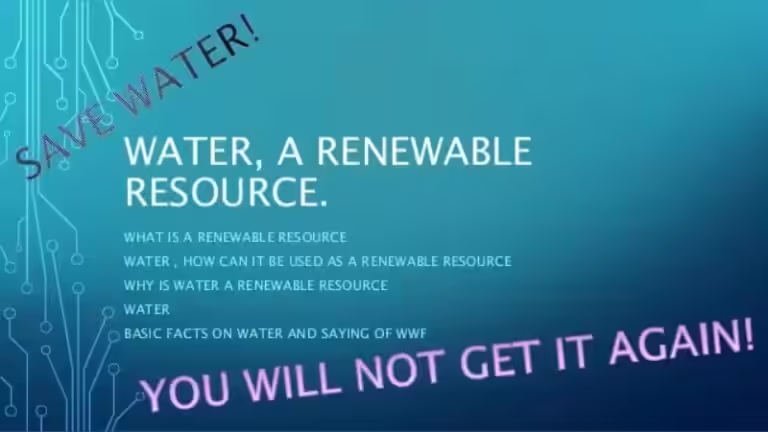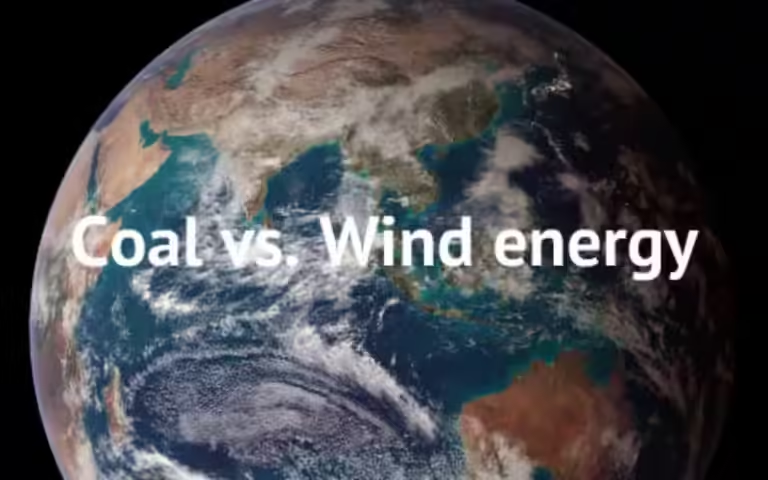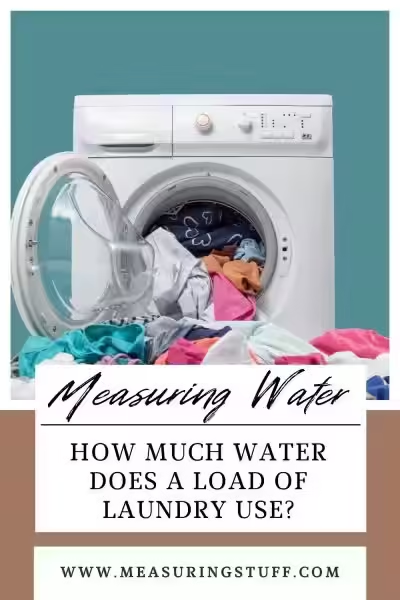Why Importing Water is Energy-Intensive: A Deep Dive

In a world increasingly grappling with water scarcity and climate change, the seemingly simple act of transporting water across borders becomes a complex and energy-intensive endeavor. This article delves into the reasons why importing water requires significant energy inputs, exploring the various stages involved in this intricate process.
From Source to Tap: The Energy Footprint of Water Import
The energy required to import water doesn't just appear at the point of delivery; it's woven into every step of the journey, from extracting water from its source to piping it across vast distances.
Extraction and Treatment: The Initial Energy Investment
The first step in the water import journey often involves extracting water from its source, which can vary significantly depending on the geography. For example, if the source is a river, energy is needed to pump water from the river to a treatment plant. This pumping requires substantial energy, especially if the water source is located at a lower elevation than the treatment facility. Even sourcing water from deep underground aquifers necessitates energy for pumping.
Once the water is extracted, it needs to be treated to meet drinking water standards. This process can involve multiple stages, each requiring energy. These stages may include filtration, disinfection, and chemical adjustments to remove impurities and ensure its safety for human consumption.
Transportation: The Energy-Intensive Backbone of Water Import
The act of transporting water across borders is where the energy footprint truly escalates. Water is often transported via pipelines, a network of intricate infrastructure that demands significant energy to maintain and operate. Pumping stations are crucial to keep water flowing through these pipelines, especially over long distances and across varying terrains. The energy required to power these pumping stations is substantial, contributing significantly to the overall energy consumption of water import.
In addition to pipelines, water can also be transported by tankers, barges, or even bottled. While these methods offer flexibility, they also come with their own energy burdens. Tankers require fuel for transportation, while the production of bottles and the transportation of bottled water contribute further to the energy footprint.
Distribution and Delivery: The Final Energy Push
The final stage of the water import journey involves distributing the water to its final destination. This step often involves local pumping stations and distribution networks, which require energy to ensure water reaches homes and businesses.
Beyond the energy required for pumping, water distribution systems also need energy for maintenance and repair. Leaks in pipelines can lead to water loss and require additional energy to address. Furthermore, the energy needed to monitor and control water quality throughout the distribution network adds to the overall energy footprint.
Considering the Bigger Picture: The Environmental Impact of Water Import
The energy used in water import goes beyond simply powering pumps and treatment plants. The energy production itself can have significant environmental consequences, depending on the energy sources used. For example, relying on fossil fuels for energy production contributes to greenhouse gas emissions, exacerbating climate change, which in turn can exacerbate water scarcity and further increase the need for water import.
Additionally, the construction and maintenance of water import infrastructure can have lasting impacts on the environment. Building pipelines often requires clearing land and disrupting natural habitats. The energy used in the manufacturing of pipes, pumps, and other infrastructure components also contributes to the environmental footprint.
Beyond the Energy Footprint: The Social and Economic Considerations
The energy demands of water import raise important social and economic considerations. The cost of importing water can be substantial, potentially placing a financial burden on consumers and economies. Furthermore, relying on water import can create dependence on external sources, making countries vulnerable to disruptions in supply or price fluctuations.
The decision to import water also raises questions about equity and access. If water resources are limited, prioritizing water import for certain regions or industries can raise concerns about access for other populations or sectors.
Strategies for Reducing the Energy Footprint of Water Import
While water import may be necessary in some cases, reducing its energy footprint is crucial for sustainability and environmental responsibility. Here are some strategies that can be employed:
- Optimize infrastructure: Improve efficiency in pipelines by reducing leaks and upgrading pumping systems to minimize energy consumption.
- Explore alternative transportation methods: Consider using water-efficient tankers that minimize fuel consumption or exploring alternative transportation options like barges or pipelines that require less energy.
- Promote water conservation: Encourage water conservation efforts at individual and community levels to reduce the overall demand for water, thus reducing the need for import.
- Embrace renewable energy sources: Utilize renewable energy sources like solar, wind, or hydropower to power water treatment plants and pumping stations, minimizing the reliance on fossil fuels and reducing greenhouse gas emissions.
- Invest in desalination: Although desalination is itself an energy-intensive process, it offers a potential solution for water-scarce regions, especially if powered by renewable energy sources.
- Promote water-efficient technologies: Widespread adoption of water-efficient appliances and irrigation systems can reduce water demand and ultimately decrease the need for import.
- Develop regional water management plans: Collaborative efforts between countries and regions can help optimize water allocation and reduce the need for large-scale water import.
Conclusion: A Call for Sustainable Water Management
Importing water is a complex and energy-intensive undertaking that requires careful consideration of its environmental, social, and economic impacts. The energy demands associated with extraction, transportation, treatment, and distribution contribute significantly to the overall footprint of water import. Recognizing the challenges and opportunities presented by water import, we must strive for more sustainable water management practices that prioritize conservation, efficiency, and renewable energy sources. By embracing these strategies, we can minimize the energy footprint of water import and ensure a more sustainable future for all.
Why is importing water high in energy use?
What are the main reasons why importing water is energy-intensive?
Importing water requires significant energy to pump, treat, and transport it over long distances. This energy usage contributes to greenhouse gas emissions and increases the overall carbon footprint of water consumption.
How does the distance of water transportation impact energy use?
The further water needs to be transported, the more energy is required to pump and move it. This is because overcoming gravity and friction requires significant energy input.
What are some examples of energy-intensive water treatment processes?
Water treatment processes often require energy to power pumps, filters, and other equipment. Desalination, which removes salt from seawater, is particularly energy-intensive, using significant amounts of electricity to operate desalination plants.
Are there any ways to reduce the energy use associated with water importation?
Yes, there are ways to reduce energy use associated with water importation, including:
- Optimizing transportation routes: Using shorter and more efficient routes can minimize energy consumption.
- Improving water treatment technologies: Developing more energy-efficient water treatment processes can reduce the energy required for purification.
- Implementing water conservation measures: Reducing overall water demand through conservation practices can lessen the need for importation and the associated energy use.








